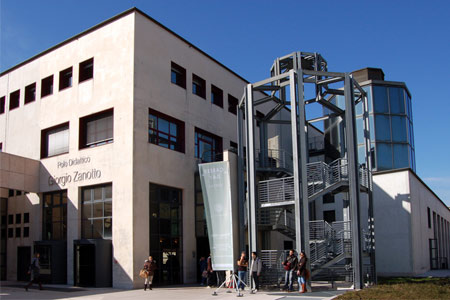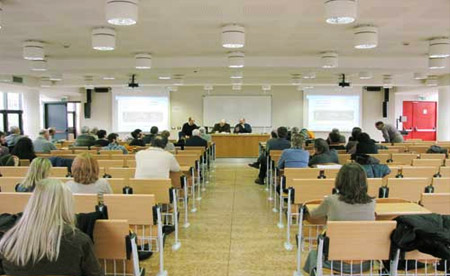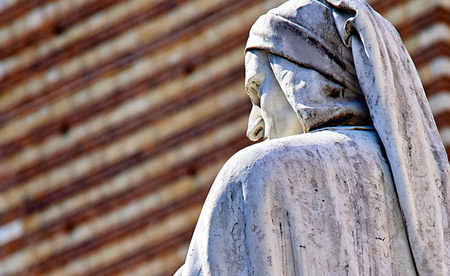Learning outcomes
This course presents an exploration of the historiographical and methodological fundamentals of the art of geography (Kunstgeographie) in terms of the individual characteristics of local areas and their relationships with other areas or “centers”.
It also offers an analysis of research (such as atlases, exhibitions, surveys and monographs) focused on artistic “environments”, especially “peripheral” ones. Special attention will be granted to cases in which the history of the art of “places” is structured using sources and methods from other disciplines (historical and others) and takes on an interdisciplinary perspective. This is intended to aid students in interpreting the complexity and diversity of the languages and dynamics of preservation and change, including for example artistic typologies, iconographies and all the various aspects that appear within specific cultural contexts, in all of their originality and relationships.
These are the essential components to ensure that students acquire a greater awareness of method in designing research, exhibitions or art historical projects in “peripheral” or “local” contexts.
One integral part of this course is an in-depth exploration of areas and their cultural and artistic aspects, or the drafting of an individual project to be either presented orally at the end of the course or submitted in the form of a written report, in the case of non-attending students.
Part one
Local and regional factors in the history of art. The concepts of provincial art and art of the periphery. Center and periphery: the contributions of Enrico Castelnuovo and Carlo Ginsburg. The case of Ljubo Karaman. “Kunstgeographie”: recent developments and methodological considerations.
Part two
The categories developed by Julius Schlosser Magnino (Die Kunstliteratur, Wien 1924): Local art history in Italy. The literature of ciceroni. General topography and travel literature. Regional and civic literature. Recent methodological developments regarding Schlosser’s categories.
Giovanni Battista Cavalcaselle’s reconnaissance of local areas, the method of the expert, a new trajectory of the history of painting.
Part Three
Examples, analyses, methods. Projects.
Bibliography
A selection of readings from among the indicated bibliography for the course, chosen in agreement with the teacher.







